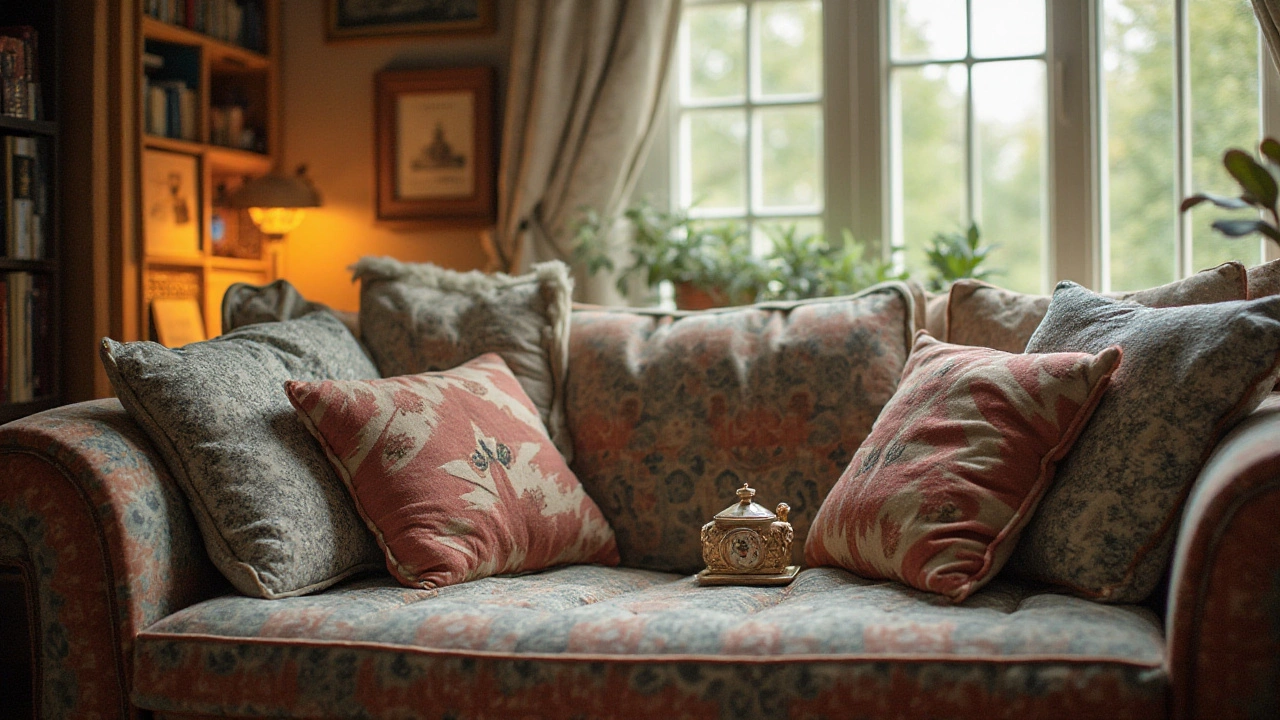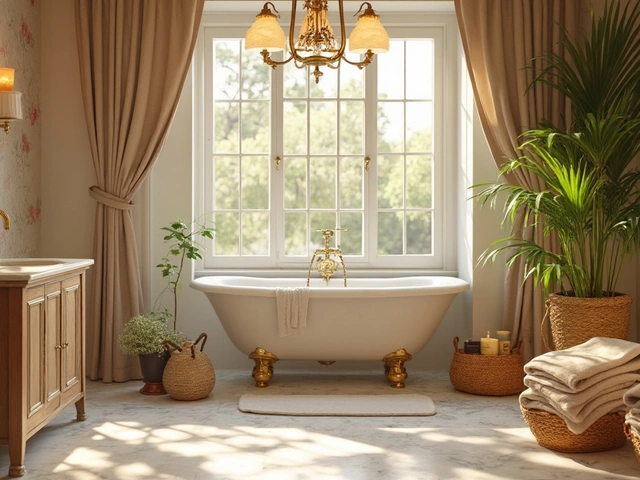Furniture Tips You Can Use Right Now
When it comes to furnishing a home, most of us want things that look good, feel comfy, and last a while – without breaking the bank. The trick is to focus on the basics: size, material, and placement. Below are straightforward tips that help you pick, style, and care for furniture so every room feels just right.
Pick the Right Size Before You Buy
Measure the space first. Grab a tape, note the length, width and height of the area, then add a few inches of breathing room. A 3‑seater sofa, for example, typically runs about 84 inches long. If your living room is 10 feet wide, a standard sofa fits nicely, but a larger sectional will dominate the room and make movement awkward.
Use the 70‑30 rule for balance: let 70% of a room’s floor be open space, and keep furniture to about 30%. This creates a roomy feel even in small areas. When you shop for a coffee table, choose one that’s about one‑third the sofa’s length – that’s a good visual proportion.
Choose Materials That Match Your Lifestyle
Stains, pets and kids are common concerns. Look for upholstery that repels spills, like synthetic blends or treated fabrics. If you love natural textures, a linen sofa looks great, but add a removable, washable slipcover for easy cleaning.
When it comes to rugs, low‑maintenance options such as synthetic fibers or flat‑weave designs are easier to vacuum and less likely to trap pet hair. A rug with a short pile also dries faster if something spills.
For wood furniture, pick a finish that can handle everyday wear. Polyurethane or oil‑based finishes are tougher than a simple varnish. If you’re on a budget, pine or engineered wood offers a similar look with less cost, but avoid cheap particleboard for pieces that will support weight.
Style Your Pieces Without Overdoing It
Give a 3‑seater couch a fresh look by adding cushions in varying textures and colors. Stick to two main shades and sprinkle in a patterned accent for visual interest. This keeps the sofa from looking cluttered while adding personality.
Mirrors can make a room feel larger. Choose a shape that complements the room’s lines – a round mirror softens a rectangular space, while a square mirror adds structure to a softer décor.
When hanging curtains, aim for them to just kiss the floor or stop a few centimeters above it. This length makes windows look taller and rooms feel more polished. If you prefer a short look, keep the drop consistent across all windows for a tidy appearance.
Keep Furniture Looking Fresh
Rotate cushions and throws every few weeks to avoid uneven wear. Use a soft brush vacuum on upholstery to lift dust before it settles in. For wood tables, wipe with a slightly damp cloth and dry immediately – water spots are the enemy.
Apply a furniture polish sparingly; too much can dull the finish. Instead, use a light oil on leather sofas to keep them supple and crack‑free.
Finally, protect your investment with proper storage. If you’re moving or storing pieces, wrap them in breathable cloth and keep them off the floor to prevent moisture damage.
These simple furniture tips help you choose the right size, pick smart materials, style with confidence, and maintain everything for years to come. Happy decorating!

Sofa Depth: How Deep Should a Sofa Be for Maximum Comfort?
Ever wondered why some sofas just feel right and others leave you squirming after five minutes? The secret is often in the seat depth. This article digs into what depth makes a sofa truly comfortable, plus smart tips, real measurements, and simple guidance to nail your choice. Whether you love lounging or sitting upright, you’ll learn how to judge the right sofa depth for your body and lifestyle. It’s time to stop guessing and start sitting happily.

The Lifespan of Affordable Sofas: What You Need to Know
Discover how long a budget-friendly sofa can really last. This article explores factors that impact durability, from materials to everyday wear and tear. Learn maintenance tips to extend your sofa's life and find out if investing in a pricier option might be more cost-effective in the long run. Understand the balance between saving on initial purchase and the potential need for frequent replacements.
Categories
- Storage (27)
- Bathroom (18)
- Sofas (15)
- Curtains (15)
- Home Decor (12)
- Bedding (11)
- Kitchenware (11)
- Cushions (11)
- Mirrors (10)
- Rugs (9)
Popular Articles



